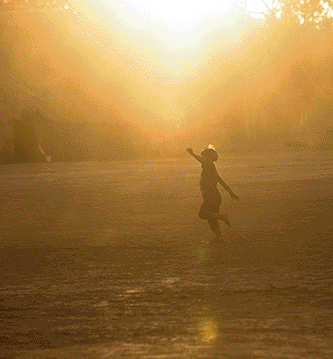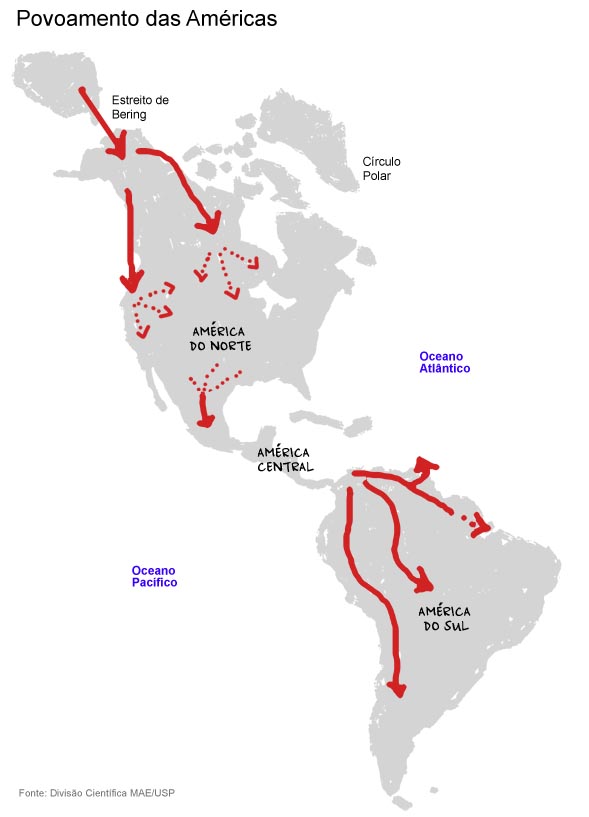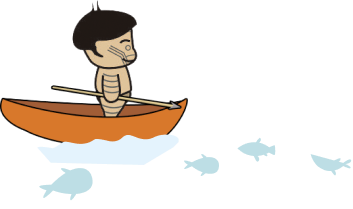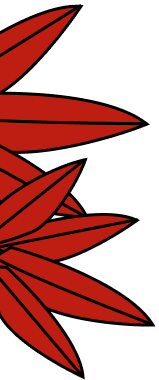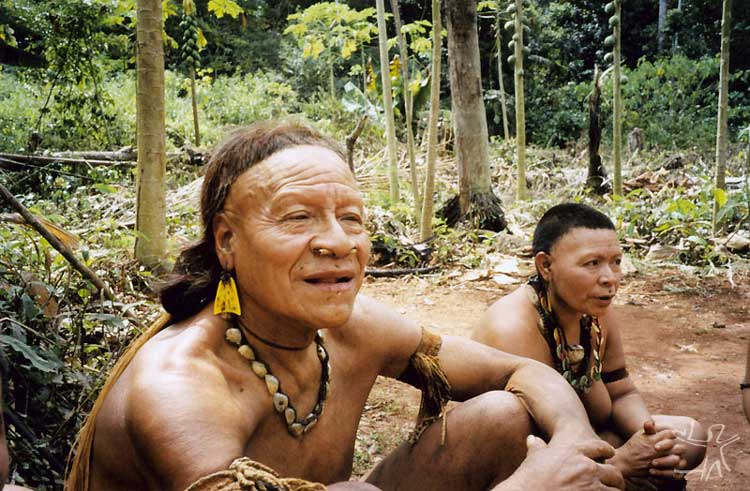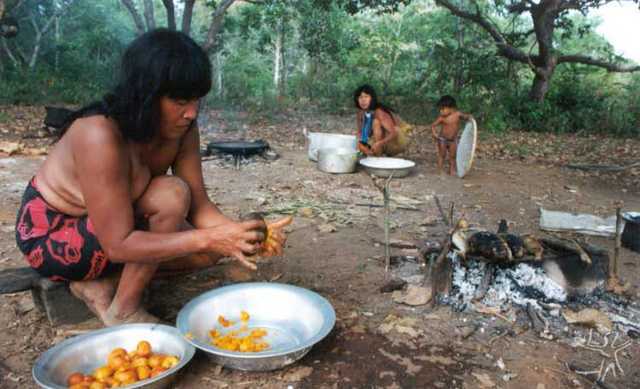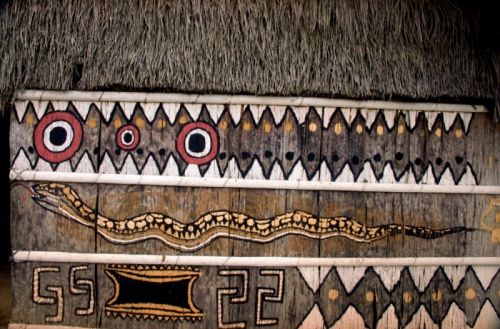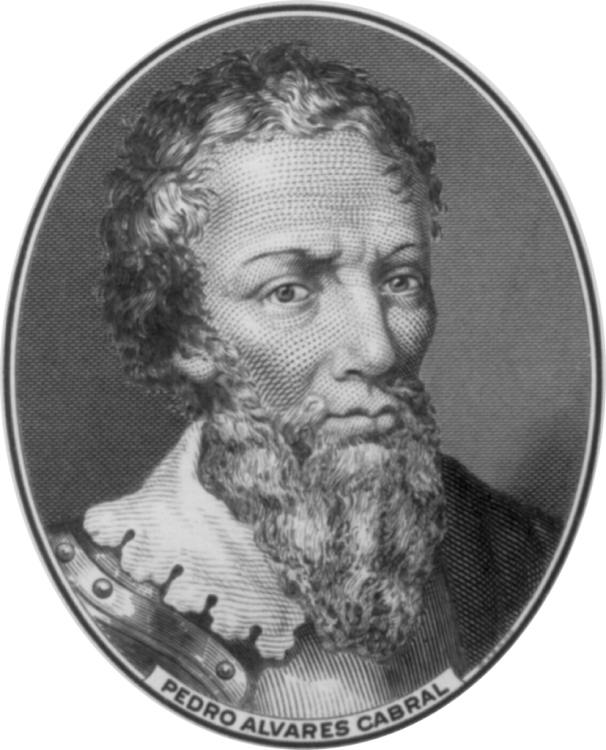
Pedro Álvares Cabral led the first Portuguese expedition to reach what is now known as Brazil.
The 13 ships commanded by Cabral arrived on 22 April 1500.
It is often said that Cabral’s expedition ‘discovered’ the land that is now Brazil. For many, the history of Brazil began that day.
This is taught in many school books. But we are going to find out that there was plenty of history before the arrival of that Portuguese expedition.
Was Brazil discovered or occupied by the colonizers?
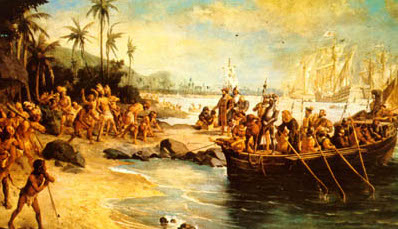
When the Portuguese arrived, they occupied land which already existed. They made the inhabitants of this land accept their way of life, their way of speaking, and their belief in God. But they did not ask native people if they were interested in any of this.
Which of these statements do you think is true?
- The Portuguese discovered Brazil.
- The Portuguese occupied Brazil.
You are right if you chose statement b: 'The Portuguese occupied Brazil'. It is incorrect to talk about a 'discovery'. It is incorrect to use expressions such as ‘Brazil was discovered ‘or ‘the Portuguese discovered Brazil’. It ignores the fact that there were indigenous people already living in Brazil. And it ignores the long history of these people. The word ‘discovery’ gives the impression that there was nobody living in the huge area of land now called Brazil. It suggests that the cultures which already existed there were worthless. And it suggests that the new culture introduced was much better. This is a prejudiced way of thinking!
What is prejudice?
Prejudice is a way of thinking which we accept without considering whether it is true or not. It generally involves judging a group of people who are, in some way, different. Their difference is normally seen as something bad. Prejudice comes out of general assumptions not based on facts. Examples of spoken prejudice would be: ‘a woman’s place is in the kitchen’ or ‘all indigenous people are lazy’. To think that the culture of one race is better than the culture of another is another example of prejudice. So, it is the idea that people should be, think, or live in one single way. This is why it is important to find out about the differences between people, and to respect them!
A lot of people imagine that indigenous peoples live in small, isolated villages in the forest. They are seen as backward, out of contact with the wider world, and stuck in their ways. Time stands still for them. Their societies have no history. They have not evolved.
These days it is known that the indigenous people who inhabit South America are descendents of migrants who arrived and occupied the length and breadth of the continent tens of thousands of years ago. This is a fact worth passing on to people who do not know it.
How many indigenous people lived in what is now Brazil before the Portuguese arrived?
Nobody knows for sure. But many studies suggest that there were between 8 and 10 million indigenous individuals in the territory at the beginning of the sixteenth century.
Compare this with the number of indigenous people in Brazil today. There are about 1,7 million. That is a very dramatic reduction.
How was the indigenous population reduced by so much?
There were many causes. Lots of indigenous people died because of illnesses introduced by European colonizers. These illnesses included colds, measles, whooping cough, smallpox and tuberculosis.
What is meant by ‘illnesses introduced by European colonizers’?
These are diseases which existed among the European colonizers, but which had never been experienced by Indigenous people - badly affected when such illnesses spread, because they had no resistance to them. When we have contact with diseases over a long period, our bodies build up resistance to them. We develop antibodies. Indigenous people could not resist the illnesses spread by the colonizers. The illnesses became epidemics. They spread rapidly from one person to the next, and affected whole communities.
Who were the first people to be affected by these illnesses?
- It was the indigenous people in the areas where the first colonizers began to settle: on the coast.
Did the Indians living further inland escape the illnesses?
No. The indigenous people living in the interior of Brazil were also affected. Portuguese colonizers used rivers and tracks through the forest to travel across the country and they brought illnesses with them. On top of this, the illnesses were spread among the indigenous population itself. People who had no direct contact with Europeans could catch the illnesses from other Indians. Indigenous communities had networks for trade and exchange which stretched far and wide. This meant that illnesses spread from one indigenous group to another.
Sources of information
- Museu de Arqueologia e Etnologia-MAE
Brasil 50 mil anos: Uma viagem ao passado pré-colonial (Guia temático para professores) - Museu de Arqueologia e Etnologia-MAE
Programa de educação patrimonial do levantamento arqueológico do gasoduto coari-manaus (Guia temático) - Eduardo Góes Neves
Os índios antes de Cabral: arqueologia e história indígena no Brasil, do livro A temática indígena na escola: novos subsídios para professores de 1° e 2° graus (1995). Websites - Museu de Arqueologia e Etnologia-MAE
- Arqueologia Brasileira - Itaú Cultural
- Fundação Museu do Homem Americano
- Museu de Arqueologia e Etnologia-MAE


 Portugues
Portugues
 German
German
 Spanish
Spanish
 Norwegian Bokmål
Norwegian Bokmål
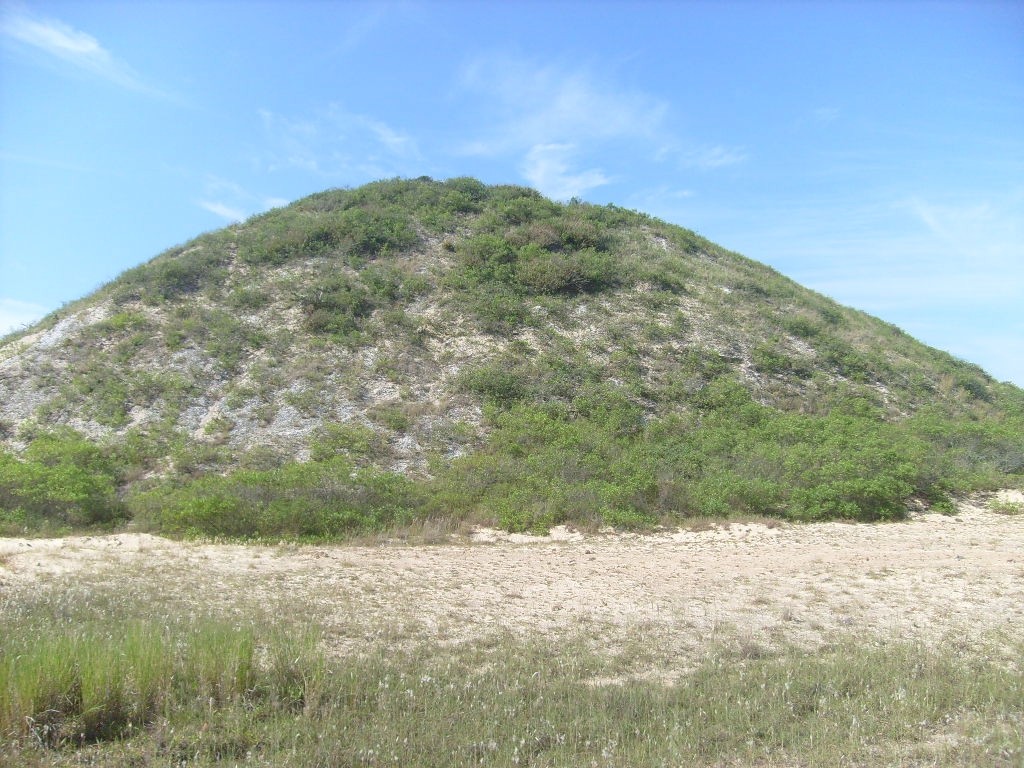 The occupation of Brazil
The occupation of Brazil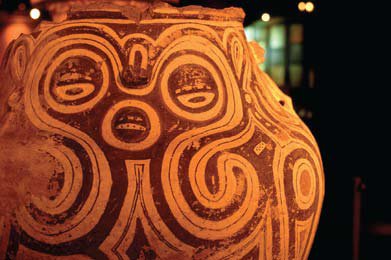 Population in America
Population in America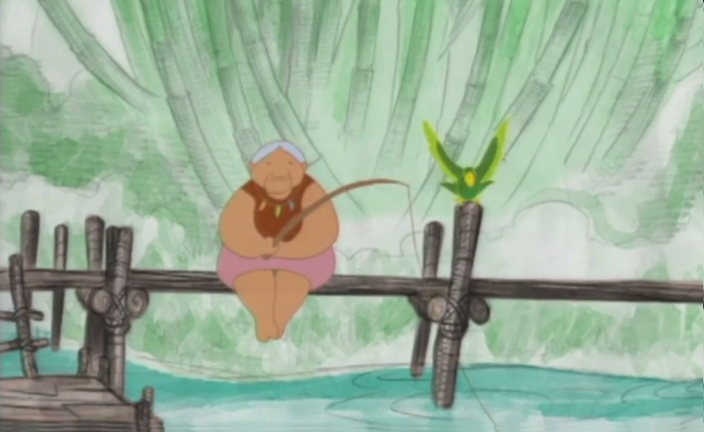 Ilya e o fogo
Ilya e o fogo String figures: Ketinho Mitselü
String figures: Ketinho Mitselü Toys and games of the Kalapalo: Ikidene
Toys and games of the Kalapalo: Ikidene